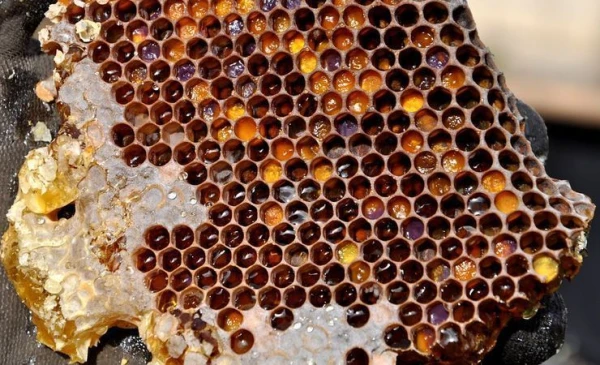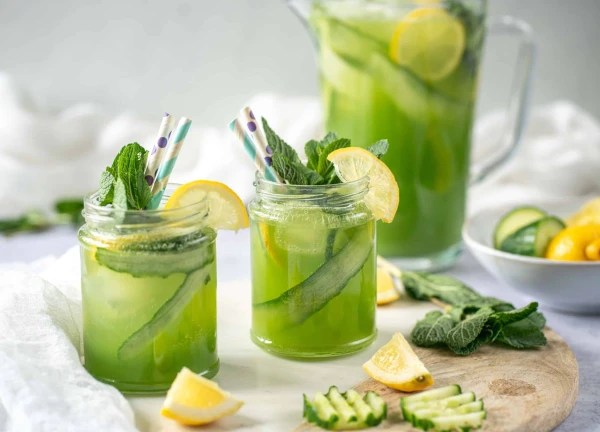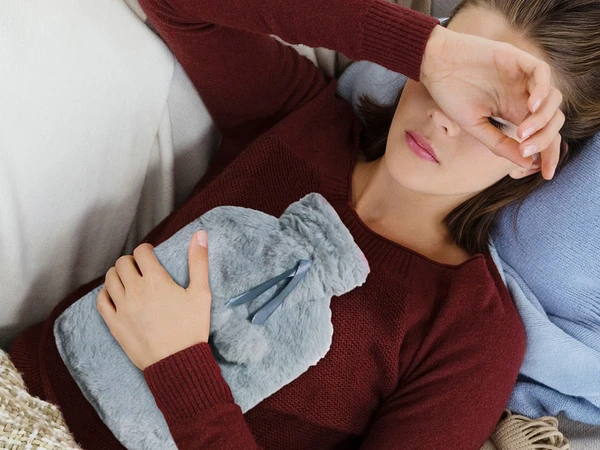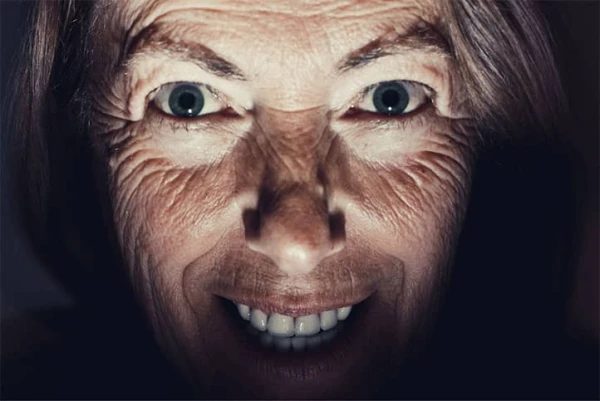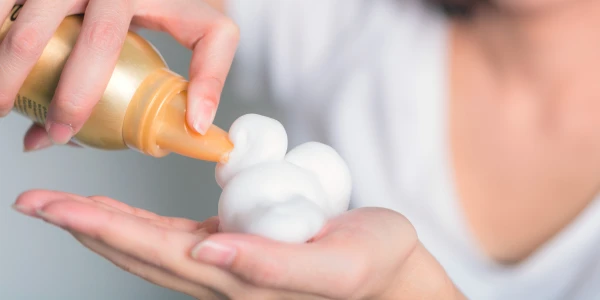
It’s not just a styling product, but a multifunctional item that can add volume and texture, tame strands. We explain how to choose the perfect mousse for creating a long-lasting style.
Imagine: it's raining and the humidity is high outside, yet your hairstyle remains flawless until the evening. The secret to this miracle lies in a humble bottle of mousse – the most underrated beauty hero. Unlike heavy creams and sticky hairsprays, its airy formula does not clump or weigh down hair, provides volume, and protects against frizz. The key is to choose a mousse suitable for your hair type and use it correctly.
Who is Hair Mousse Suitable For?
Mousse will be a faithful assistant for those with fine hair who dream of volume. This is especially relevant during the hat season when roots quickly lose their fresh appearance. Mousse is also suitable for those tired of battling frizz in humid weather: a light foam will create an invisible barrier against moisture. For lovers of intricate hairstyles, mousse will serve as an ideal base that holds the shape while allowing for changes throughout the day. Additionally, the product gently supports natural curls, highlighting their texture.
How to Choose Mousse by Hair Type?
Similar-looking bottles differ not only in color but also in properties. If you have fine hair lacking volume, look for lightweight formulas. They should contain keratin and silk proteins, which create a weightless structure without weighing down the strands. Apply such mousse only to damp roots, avoiding the scalp – this will create an airy hairstyle effect.
For curly and wavy hair, a different approach is required. The ideal mousse for curls should contain moisturizing components – argan, shea, or macadamia oils. Such formulas enhance the natural texture of curls, preventing frizz. Apply the product to damp hair along the entire length, gently distributing it with your fingers to avoid disrupting the curl structure, and then scrunch the strands to enhance their wave.
Unruly thick hair requires disciplining formulas with silicones – but only if you have sulfate shampoos for deep cleansing in your arsenal. Such mousses create an invisible film around each hair, taming even the most rebellious strands. For colored hair, choose mousses with UV filters and vitamin E – they will not only hold the style but also extend the life of your color.
Pay special attention to the texture: a quality mousse should be airy, resembling light soufflé. A too liquid consistency will drip, while an overly dense one will weigh down the hair. Test a small amount on your palm: it should spread easily without forming clumps. Remember that mousse for daily use should have a neutral scent – an overly strong fragrance may conflict with your perfume.
Application Secrets
The secret to perfect styling begins with the correct distribution of the product. Take a ball the size of a walnut for short hair, a ball the size of an apricot for medium length, and twice as much for long hair: it’s better to start with a smaller amount and add more if necessary. Apply mousse to damp, but not wet strands, evenly distributing it with your palms from the mid-length to the ends. To create extra volume at the roots, lift the strands at your face and treat them with the remaining product on your hands.
Pay special attention to the drying technique. For natural waves, use a diffuser, placing the strands inside its deep bowl. For a smooth style with root volume, use a round brush and dry the hair with directed movements from top to bottom. Don’t skip the cooling stage: a blast of cold air at the end of drying will seal the hair cuticle, fixing the style and adding a mirror-like shine.
Just Don’t
Despite many undeniable advantages, mousses may not suit hair for various reasons. Here’s a short list of what not to do if you don’t want to ruin your locks.
-
Apply to dry hair (you will get clumping)
-
Reapply to refresh the style the next day (dry shampoo is better for this purpose; mousse should only be used on clean damp hair)
-
Use too much (hair will be sticky)
-
Rub into the scalp – this will clog pores and cause itching
-
Combine with silicone serums (can create a dirty hair effect).




